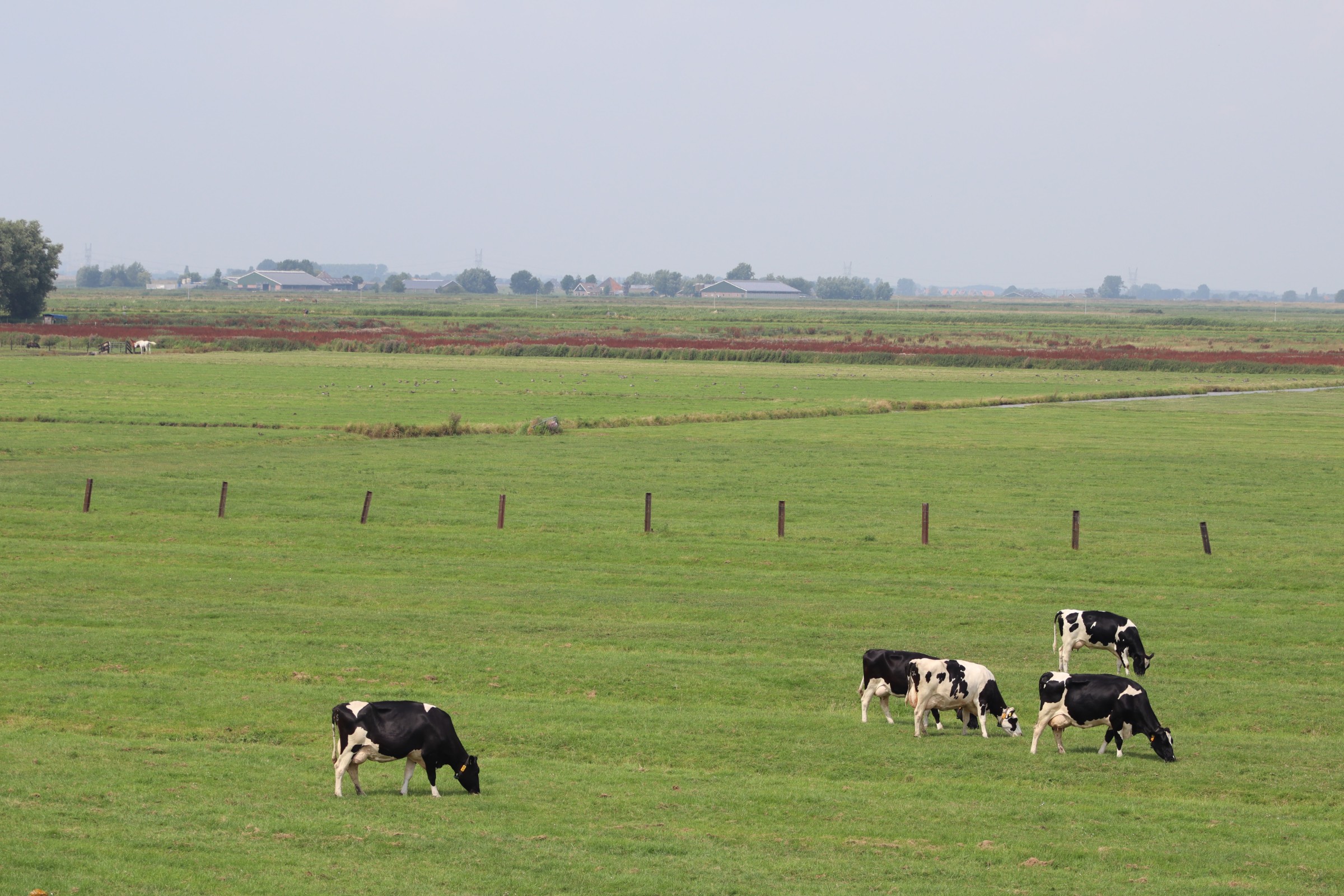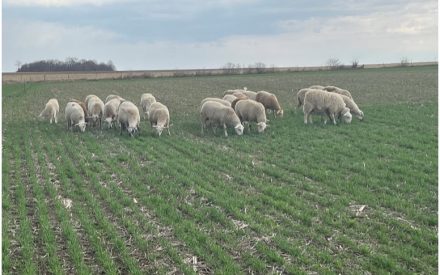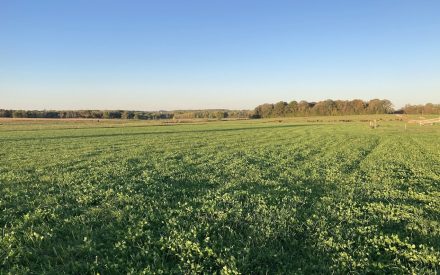A high-quality forage base is the foundation of every successful grazing operation. Good grazing management and attention to soil fertility are central to keeping pastures healthy and productive, but there are times when renovation is the best option for improving productivity or fixing problems in a pasture. Pasture renovation is a collection of practices intended to improve pasture composition and performance. Renovation can play a significant role for every grazing operation, but the specific method may vary from farm to farm.

Before deciding to renovate, some pertinent questions should be answered – what management practices contributed to the need for renovation, what are the goals for the renovation, and what approach should be used to achieve your goals? Pasture renovations look different for each farm and each time you decide to renovate.
Every renovation must begin with assessing current pasture conditions starting with the soil and forage. The procedure for assessing soil fertility is laid out in Extension publication A4034. Assessing forage composition involves identifying the forages present, which can be difficult to an untrained eye. There are many resources available to help with forage identification, including Extension publications A3637 and A3787.
Opportunities for renovation
Once current pasture conditions are assessed, it is important to identify why renovation is necessary. Often lack of attention to rotation and rest has caused a progressive shift toward poor-quality forages. If this is not acknowledged, investments in renovation will not be economical. In fact, the greatest potential for improving pastures is not through renovation, but rather with improved management. The most common renovation scenarios include:
- Post-outwintering/damaged pasture
- Mismanaged/overgrazed pasture
- Poor quality species mix
- Thinning forage stand
- Loss of legumes
Determining the best renovation approach
The right renovation approach for the specific situation depends on the aforementioned factors as well as timing of renovation, equipment availability and overall farm goals. Table 1 in the below fact sheet helps consider many of the factors for determining the best approach.
Importance of maintaining legumes
Legumes contribute positively to forage yield and nutritive value and are the main nitrogen source for many grazing farms. The most common methods of maintaining legumes are frost seeding or interseeding with a no-till drill. Frost seeding can occur earlier than no-till drilling which gives the seeds a chance to become established and get a head start on the grass. No-till drilling ensures good seed-to-soil contact and more uniform seed distribution, improving the potential for success. This Extension publication by Undersander (2007) suggests seeding rates for frost seeding of various species.
Pasture renovation is an important component of every successful grazing operation. The best method of renovation will look different on every farm. Download the below factsheet for more specific details on determining the best renovation methods for your farm.


 Managing Rust in Cool Season Pastures
Managing Rust in Cool Season Pastures Grazing Cover Crops and Annual Forages
Grazing Cover Crops and Annual Forages Grazing to Protect Surface Water: Considering critical and sensitive areas
Grazing to Protect Surface Water: Considering critical and sensitive areas Research Brief: Interseeding legumes into grass pastures
Research Brief: Interseeding legumes into grass pastures


